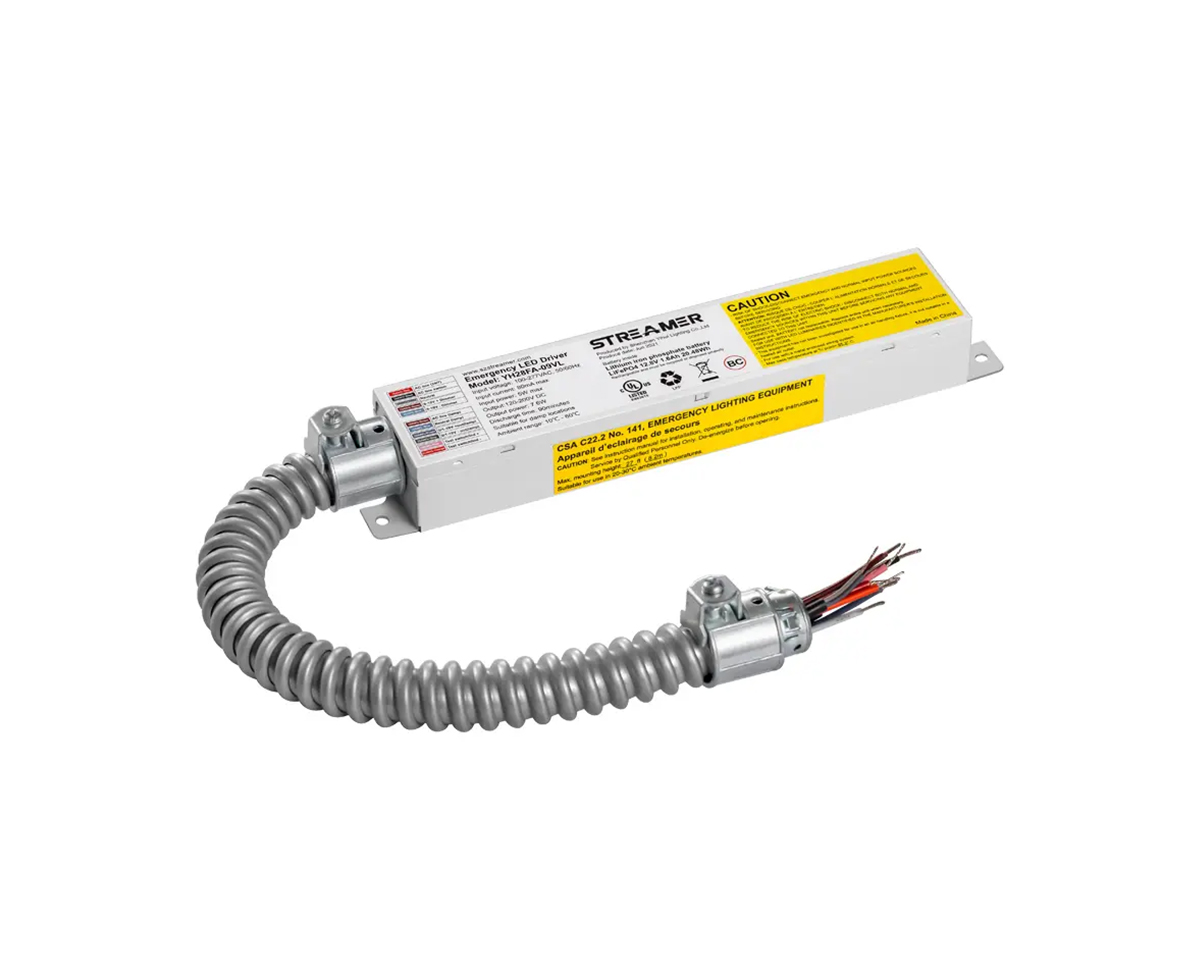 1
1
 May 05, 2025
May 05, 2025

BBU (Base Band Unit) communication equipment is the backbone of modern wireless communication networks, facilitating the seamless exchange of data and control signals between various network elements. It acts as a central hub for communication within a base station system, enabling connectivity between mobile devices, the core network, and Remote Radio Units (RRUs).
At the heart of BBU communication equipment is its ability to handle baseband processing, which is fundamental for communication. It takes the digital data received from the core network and encodes it into a format suitable for transmission over the air interface. This involves complex operations such as modulation, channel coding, and multiplexing. For example, in a 4G or 5G network, the BBU communication equipment modulates the digital data onto carrier frequencies using advanced modulation techniques like Quadrature Phase Shift Keying (QPSK) or Quadrature Amplitude Modulation (QAM) to efficiently transmit information.
BBUs also communicate with the core network, which is responsible for tasks such as user authentication, mobility management, and data routing. They exchange signaling messages and user data with the core network using standardized interfaces. For instance, in an LTE network, the S1 interface is used for communication between the BBU (part of the eNodeB) and the core network. Through this interface, the BBU sends information about the connected mobile devices, such as their location, signal strength, and data usage, and receives instructions from the core network regarding call setup, handovers, and quality - of - service adjustments.
The communication between the BBU and RRUs is another crucial aspect. The BBU sends the processed baseband signals to the RRUs over the fronthaul connection. This connection can be based on various technologies, including fiber - optic cables, which offer high - bandwidth and low - latency transmission. The RRUs then amplify and convert these baseband signals into radio frequency signals for transmission over the air. In return, the RRUs send the received radio frequency signals from mobile devices back to the BBU for demodulation and further processing.
BBU communication equipment also incorporates features for network management and monitoring. It can collect data on various performance metrics, such as signal quality, interference levels, and power consumption, and send this information to the network management system. This allows network operators to optimize the network, troubleshoot issues, and ensure the overall reliability and efficiency of the communication infrastructure. In summary, BBU communication equipment is a complex and essential component that enables the efficient operation of wireless communication networks by facilitating communication at multiple levels within the network ecosystem.